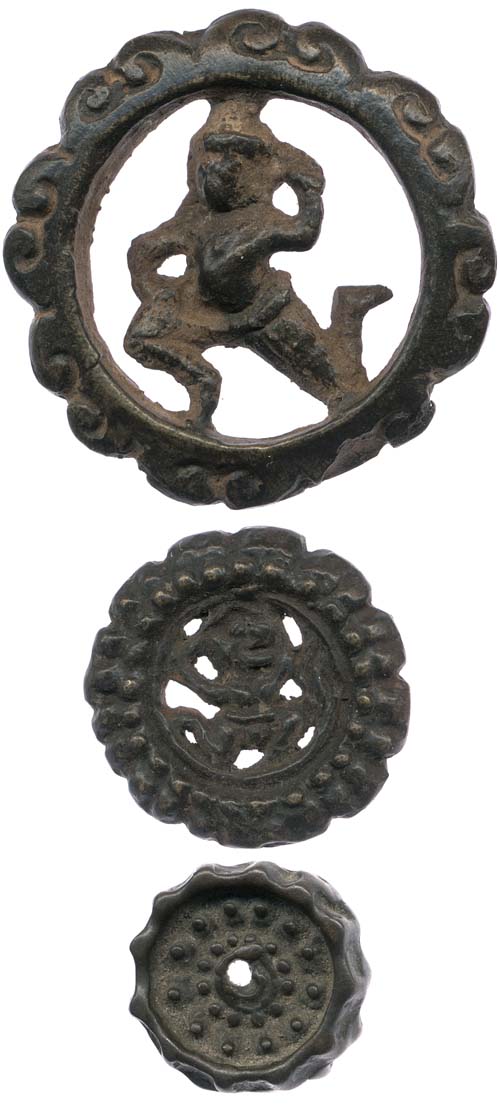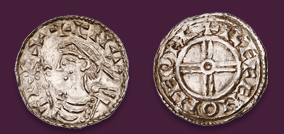
Auction: 6003 - Ancient, Islamic, English & Foreign Coins & Comm Medals
Lot: 1602
x Thailand, (18th-19th centuries), Gambling Tokens (Bpee) (3), 41mm, open-work design featuring figure (Garuda?) running left within floriated outer rim , 28mm, Hanuman within beaded border, 19mm, beads within crenellated border, generally very fine or better, very rare and interesting (3) Estimate £ 200-250These attractive tokens were introduced to Thailand in the late Ayudhya period (c. late 17th century) by Chinese gambling house owners (Hong), as it was found that the small-denomination spherical "bullet coins" that served as currency at the time were inclined to roll around and were hence unsuitable. They were issued in 1-Salung, 1-Fuang, and 2-Pai denominations, but also in lower values such as 200, 100, 50 and 25 Cowries, in order to allow those with limited means to gamble. During the reign of King Rama III (1824-1851) they were largely supplanted in the gamling dens by porcelaine tokens imported from China. However, by this time the metal tokens had assumed a monetary role in small transactions, especially after 1873, when the metal value of tin and copper currency coins became higher than their face value and these vanished from circulation. In 1875 the use of Bpee as currency became illegal, and the gambling dens were required to exchange them for cash, as a series of milled coins was issued from the new Sitthikarn mint. They are now surprisingly scarce.
There is no definitive catalogue for these tokens, however references to them can be found in:
Coinage of the Rattanakosin Era AD 1782-1982, Treasury Dept. Thailand, 1982, p.483.
The Evolution of Thai Money, Treasury Dept, Thailand, 2002, p.78.
Graham, M. & Winkler, M., Thai Coins, Finance One, Thailand, 1992, pp.88-89.
Sold for
£160




